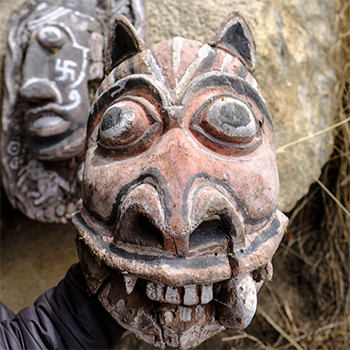The inevitable switch from analogue to digital, regardless of the industry: In journalism, it’s the evolution from print to online; in photography and cinema, it’s the switch from film to digital. Even though there are people who still prefer to use film cameras and listen to vinyl music, their attachment to the old systems and the feeling they get from them can’t be compared with the new technologies. Their perspective on cinematography is very different from that of people in the digital age. For them, cinematography is also a craft, and the act of stitching a film takes them closer to the medium.
Cinema is a language, and within it are the specific vocabularies and sublanguages of the lens, composition, visual design, lighting, image control, continuity, movement, point-of-view, etc. Learning this language is a never-ending and fascinating lifelong study.
A cinematographer deals with some duties that are entirely technical. But the technique used in the older analogue cameras is a little different when the digital systems come into play. For the people who gradually switched to digital, they would have gotten updated with the growing technology. But people who haven’t been updated with technological advancements would face a problem understanding the change all of a sudden. But after all this time, why will they switch to digital?
Digital photography records light impulses as electronic charges stored on a memory disc. The image is a matrix of rows and columns, and where they intersect are small squares called picture elements, or pixels, which carry information about brightness and colour.
The image can be altered in innumerable ways. The interaction between digital imagery and photography is made possible by the fact that analogue photographs can be scanned and converted to digital format. The smooth curves and tonal graduations of the analogue image are converted into discrete steps of grids. More directly, digital cameras can now be used to capture images electronically on a desk, bypassing the photochemical process. Once an image is in digital form, its components can be rearranged, extended, deleted, and modified before it is printed. These processes are now made easier by software designed for them. When we add to the ease and power of altering an image, the possibility of simulating photographically realistic components on a computer becomes possible. It appears as though the photographer has gained complete control over the final image and acquired the freedom of the painter to depict whatever he or she can imagine.




